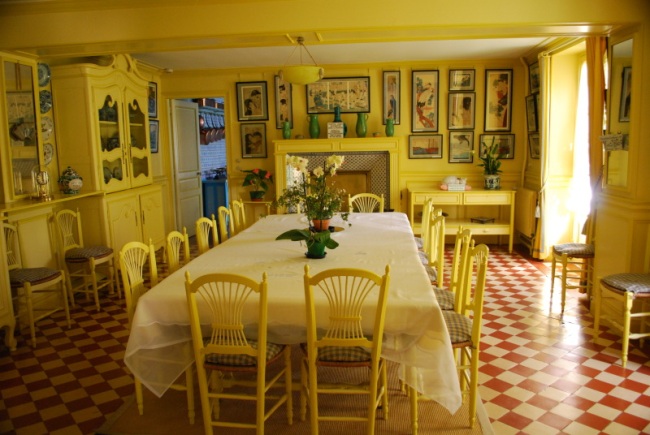
Nigger of the World
2011
oil on panel
172 x 138 cm
The figure of a vulnerable woman
hides her head inside the same swirling
black and blue world that also plays
host to the lurking presence of hostile
male figures. It’s not necessary to know
the painting’s title was borrowed from song
lyrics by John Lennon and Yoko Ono
to understand the artist’s meaning. I told the
attendant at the Temporary Galerie Max Hetzler,
I could watch that painting all day long.
“That is what I have been doing,” he said.

oil on canvas
unframed 60 x 48.25 x 1.5 inches
Butler Family Fund, 1994
Copyright retained by the artist
This modern tendency for artists to explain their meaning by means of the written word is one expressed purpose of the Norwegian artist, Odd Nerdrum’s revolt against modern art, embodied in his so-called Kitch Movement.
The meaning of Glenn Brown’s paintings here, and the entertainment value in the latter, are made accessible by his choice of titles. It’s collaboration. I’m all for it.
